If you’re looking to convert traffic into leads, then you’ve come to the right place!
Did you know that a staggering 96% of your website visitors aren’t ready to buy on their first visit? That means you’re missing out on a huge chunk of potential customers!
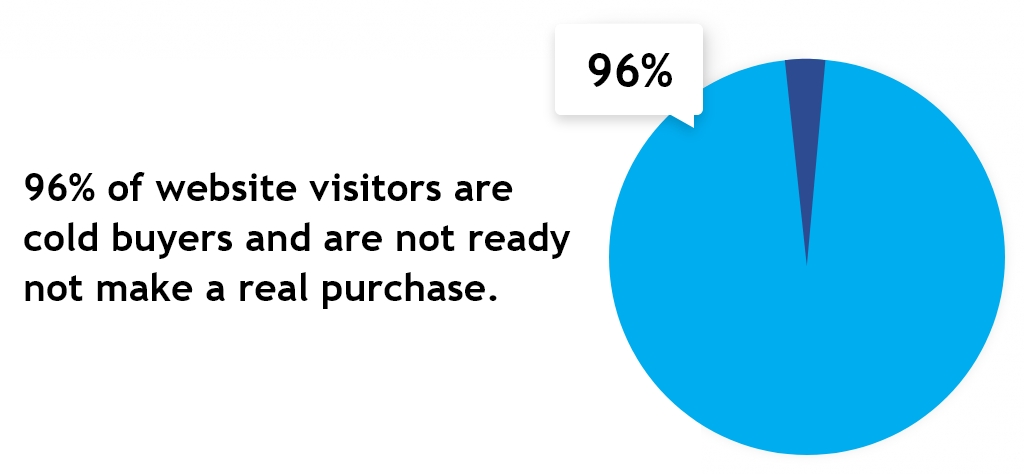
Image source: Autogrow
That’s where website popups come in.
They can grab your visitors’ attention, engage them, and turn them into qualified leads.
But here’s the catch: creating effective website popups is an art, and you’ll have to master it first! Today, we’ll explore 7 proven strategies to learn how to convert traffic into leads. Plus, we’ll walk you through the process of creating these captivating popups using some simple steps.
Let’s get started.
7 Smart Strategies to Convert Traffic Into Leads
There’s no shortage of strategies when learning how to convert traffic into leads. Let’s take a look at 7 of the most effective ones:
1. Attract Your Ideal Audience
The first strategy to convert traffic into leads is to attract your ideal audience. This strategy focuses on bringing the right kind of traffic to your website, maximizing the chances of converting them into leads and, ultimately, customers.
Attracting the ideal audience involves understanding your target audience and creating content and marketing strategies tailored to their needs and preferences. Here are some tips on how to use this strategy effectively:
- Define your target audience: Start by clearly identifying your ideal audience. Consider demographics such as age, gender, location, and interests. It will help you create targeted content and messages that resonate with them.
- Conduct market research: Use website surveys, customer interviews, and competitor analysis to gain insights into your audience’s pain points, preferences, and behavior. All this will help you craft a marketing strategy that aligns with their needs.
- Develop buyer personas: Create fictional representations of your ideal customers based on market research. These buyer personas should capture essential details about your target audience, such as their goals, challenges, motivations, and objections. It will help guide your content creation and marketing efforts.
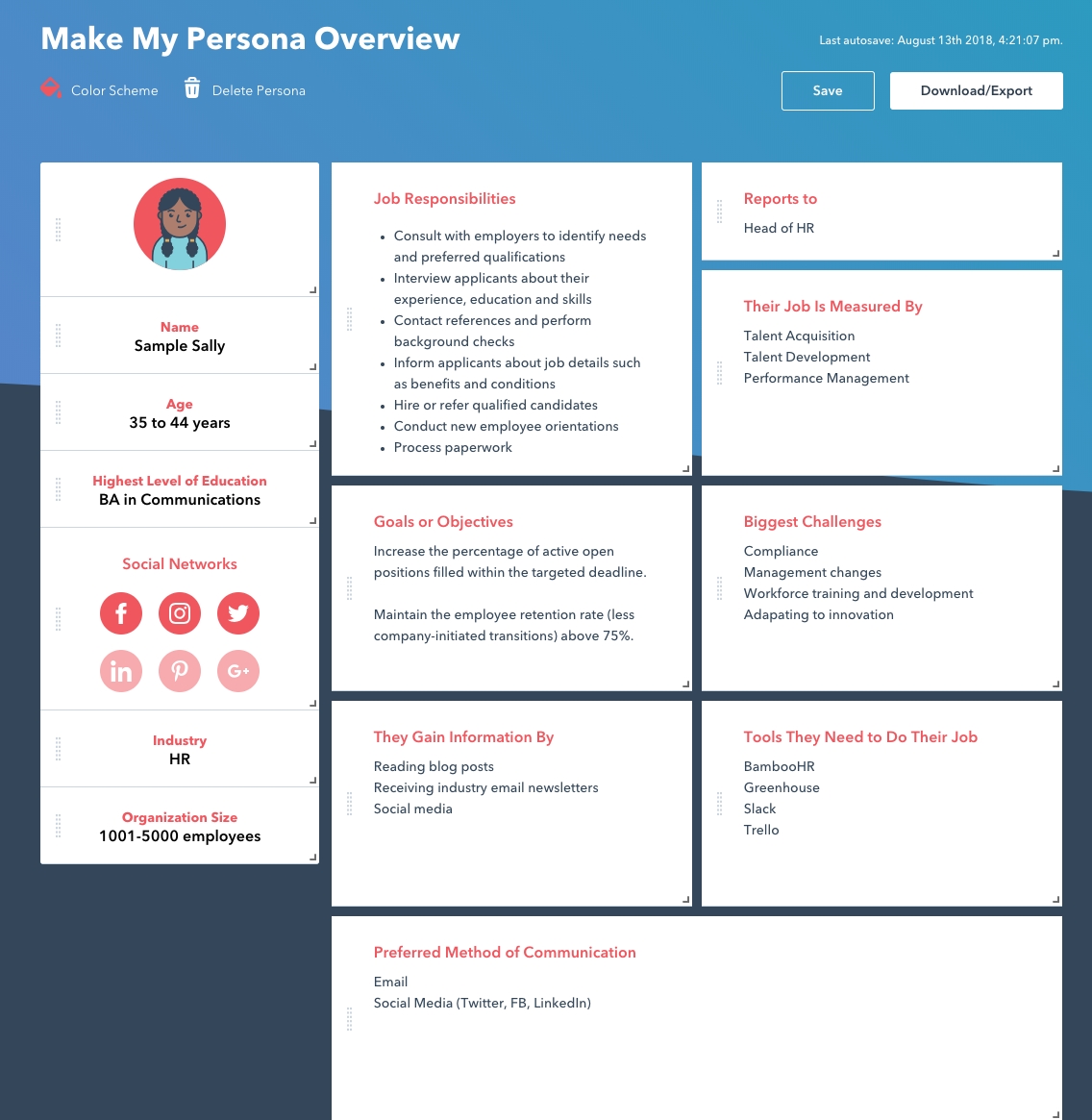
Image source: The Marketing Muslimah
- Use targeted keywords: Optimize your website and content for relevant keywords your ideal audience will likely search for. It will improve your search engine rankings and drive organic traffic from people actively seeking information or solutions related to your industry or products.
- Leverage social media: Identify social media platforms where your target audience is most active and engage with them. Share your content, participate in relevant conversations, and build a community around your brand. You will be able to attract like-minded individuals who are more likely to convert into leads.
2. Place CTA Buttons Strategically
CTAs prompt specific actions, such as making a purchase or signing up for a newsletter. It is important to consider various factors to optimize their effectiveness and convert traffic into sales.
Firstly, maintaining visual consistency across all CTA buttons is key. It involves using the same font, color, and design, making them easily recognizable throughout the website.
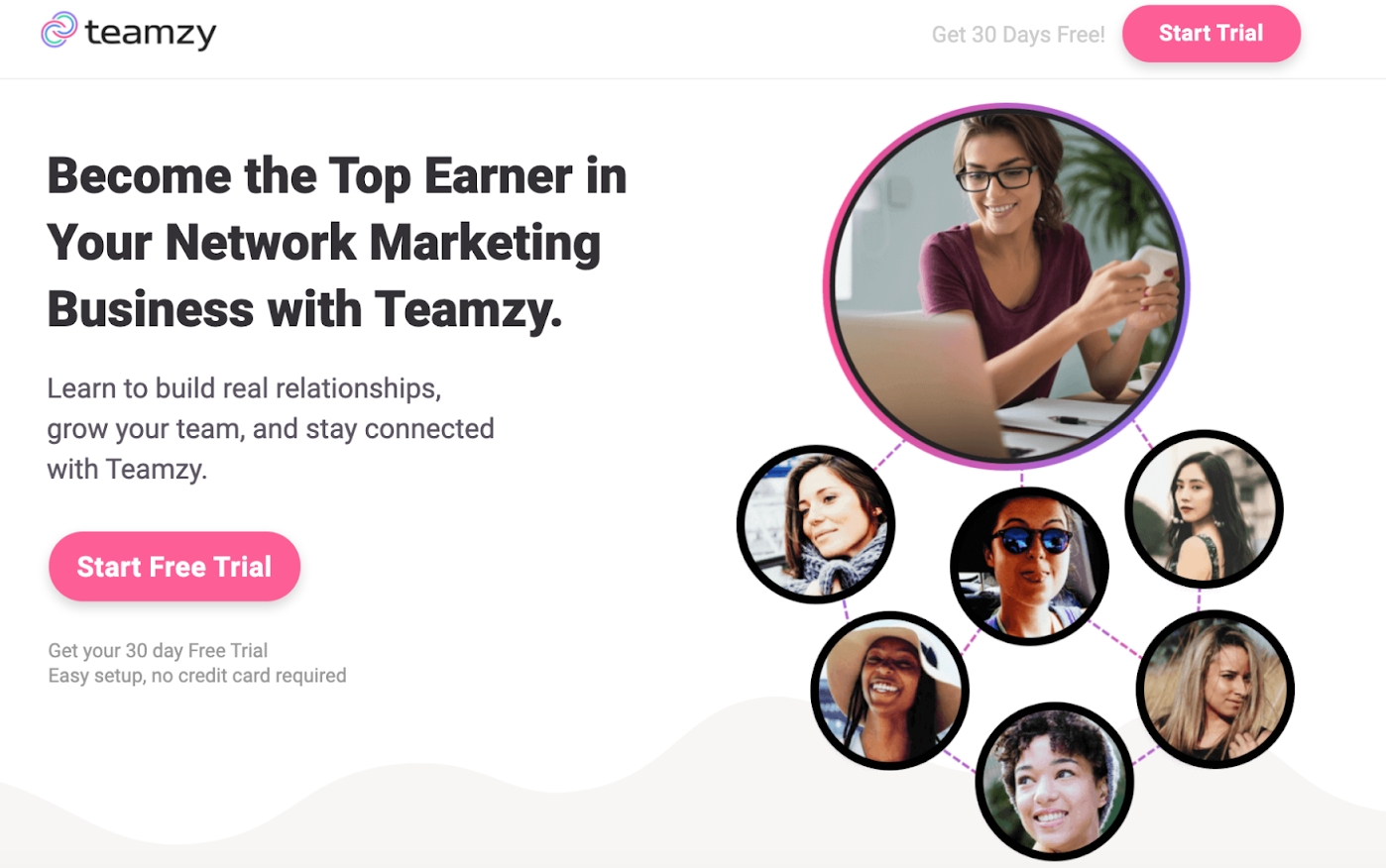
Image source: Hubspot
Secondly, make sure you place the CTA buttons above the fold, which represents the visible part of the website without scrolling. Doing so will ensure visitors immediately encounter the buttons upon landing on the website.
Additionally, utilizing whitespace around the CTA buttons helps them stand out and clearly distinguish them from other elements on the page.
It is also crucial to ensure that the size of the CTA buttons is large enough to catch the visitor’s attention and make them easy to click on.
3. Display Customer Testimonials
Displaying customer testimonials is a powerful strategy to enhance trust and credibility, converting more traffic into sales.
87% of shoppers believe real-life reviews greatly impact their purchasing decisions.
To effectively showcase testimonials, collect emails from satisfied customers, get feedback on social media, or use automated tools. Select specific testimonials highlighting product/service benefits, covering quality, customer service, and other aspects.
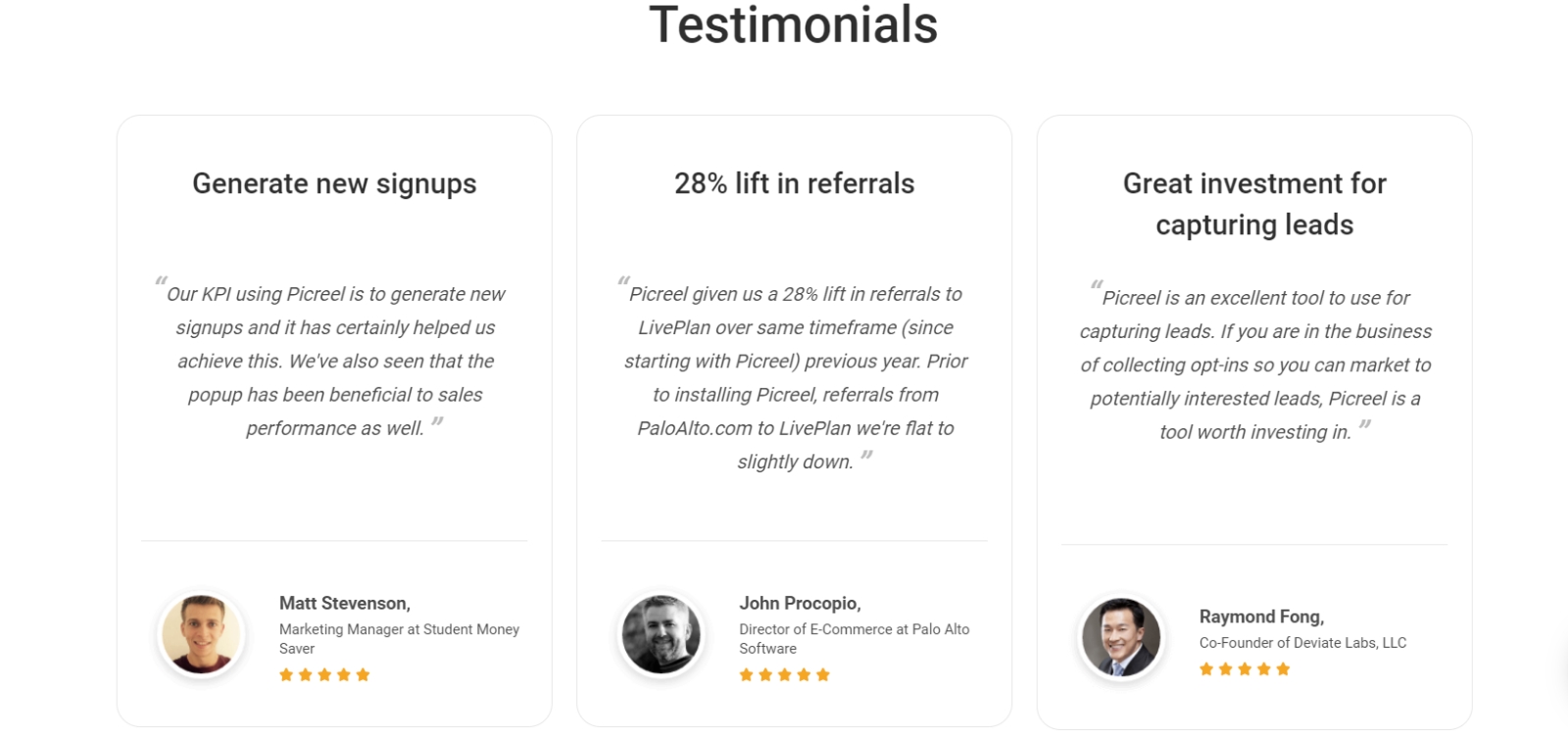
It’s best to strategically place testimonials on the homepage or product/landing pages. You can also include the customer’s name, photo, job title, or company for authenticity.
Use visually appealing layouts with quotes, call-out boxes, and star ratings. Also, regularly update testimonials to demonstrate consistent value delivery and convert website visitors into customers.
4. Create Urgency With Limited-Time Offers
To boost your website’s conversions, consider incorporating limited-time offers—a powerful strategy that taps into the fear of missing out (FOMO) and motivates visitors to act immediately.
Make sure to communicate the offer’s deadline to ensure visitors understand the urgency. Highlight the unique benefits or discounts tied to the limited-time offer, making visitors feel they’re getting something exclusive.
Another best practice is to craft compelling call-to-action (CTA) language, like “Don’t Miss Out” or “Last Chance,” to prompt immediate action.

Image source: Drip
You can also consider adding countdown timers on your site to intensify the urgency, encouraging visitors to act swiftly. All this helps you personalize offers based on visitor behavior and preferences to enhance relevance.
Segment your audience to tailor deals and promote the offer across channels like email and social media to reach a wider audience.
Also Read - 36 Website Popup Types for Maximum User Engagement
5. Deploy Product Recommendation Popups
Product recommendation popups provide personalized suggestions to your website visitors, guiding them toward products that align with their interests and preferences.
You can take several steps to implement product recommendation popups successfully. First, ensure that the recommendations are tailored to each visitor. Second, analyze their browsing and purchase history to offer suggestions relevant to their needs.
Timing is also crucial when it comes to displaying product recommendations. Present them at strategic moments during the visitor’s journey, such as when they first land on your site, when they view a specific product, or when they are about to exit.
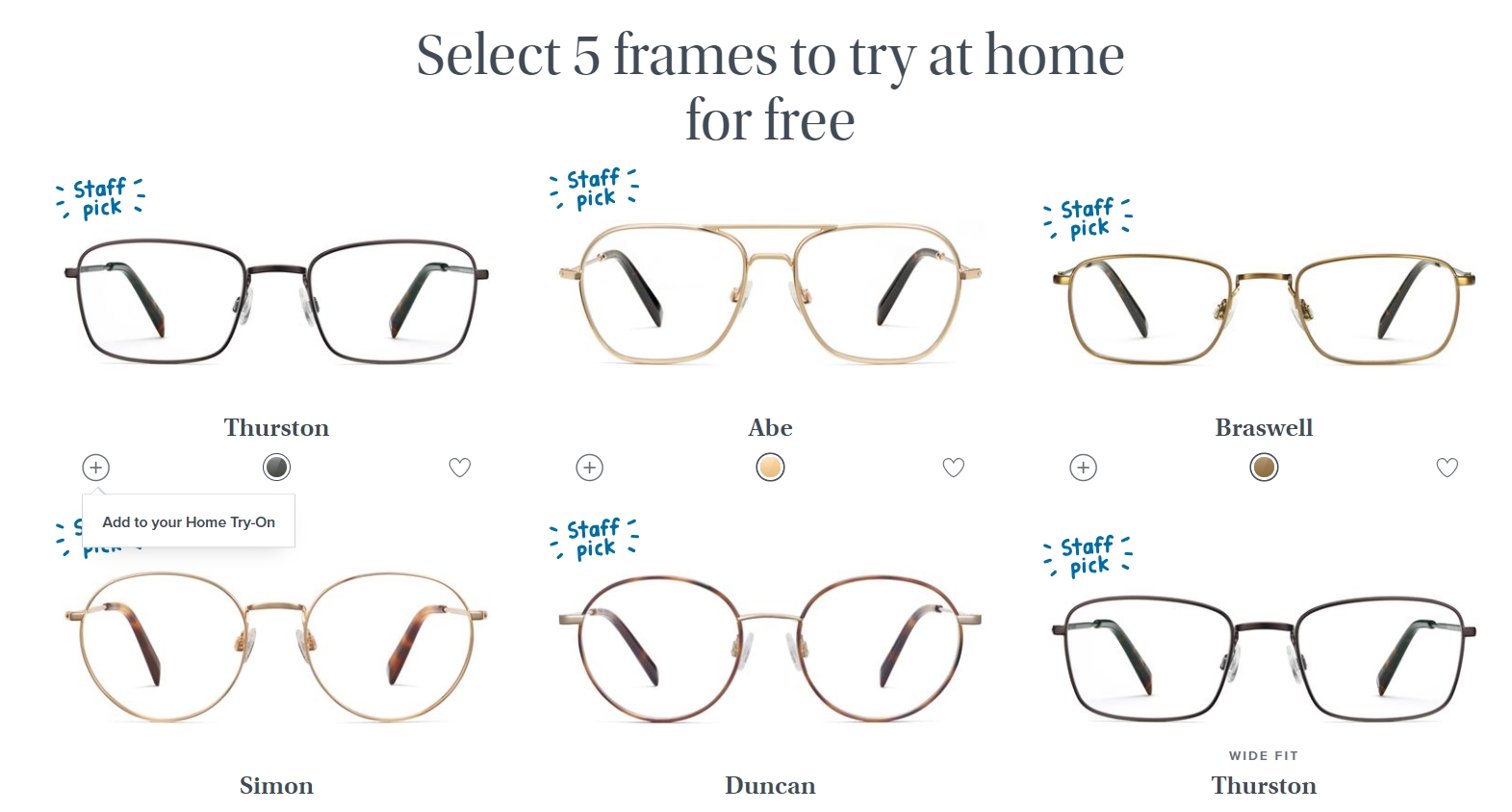
Image source: Warby Parker
The design of your product recommendation popups also plays a significant role in their effectiveness. Use eye-catching images, clear titles, and concise descriptions to make the suggestions visually appealing and enticing to the visitor.
To find the most effective format for your product recommendation popups, conduct A/B testing. Experiment with different layouts, such as carousel-style recommendations, single-item suggestions, or category-specific options, and evaluate their performance to determine which style resonates best with your audience.
6. Gamify Visitor Experience
You can consider implementing spin-to-win popups to gamify your visitor experience and enhance engagement on your website. Spin-to-win popups are interactive and fun, allowing visitors to spin a wheel or play a game in exchange for rewards.
You can create a unique and enjoyable visitor experience using spin-to-win popups. They will be excited about the chance to win prizes or receive discounts, which can incentivize them to stay longer on your site and explore your offerings.
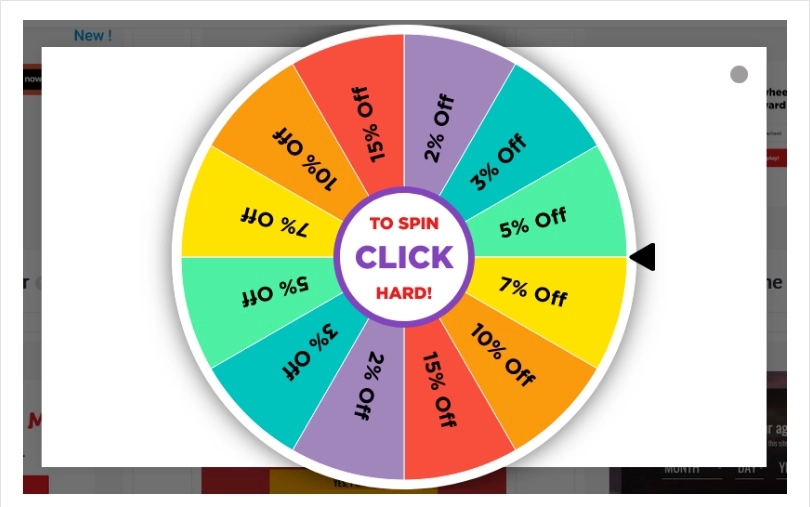
To implement spin-to-win popups successfully, make sure you pick a popup maker tool capable of such tasks. It is also essential to ensure they are designed with an appealing and user-friendly interface. Consider using attractive graphics, clear instructions, and enticing rewards to attract and hold the attention of your visitors.
7. Don’t Ignore the Loyalty Programs
When boosting customer loyalty and increasing sales on your website, paying attention to the power of loyalty programs is essential. If you’re getting lots of traffic but no sales, loyalty programs can be a highly effective strategy to incentivize repeat purchases and boost customer engagement.
By implementing a loyalty program, you can provide exclusive rewards, discounts, or special offers to customers who regularly engage with your brand.
Loyalty programs create a sense of exclusivity and value for participating in your program. In fact, 84% of consumers say they’re more likely to stick with a brand that offers a loyalty program.
Customers feel appreciated and recognized for their loyalty, increasing their satisfaction and likelihood of future purchases.
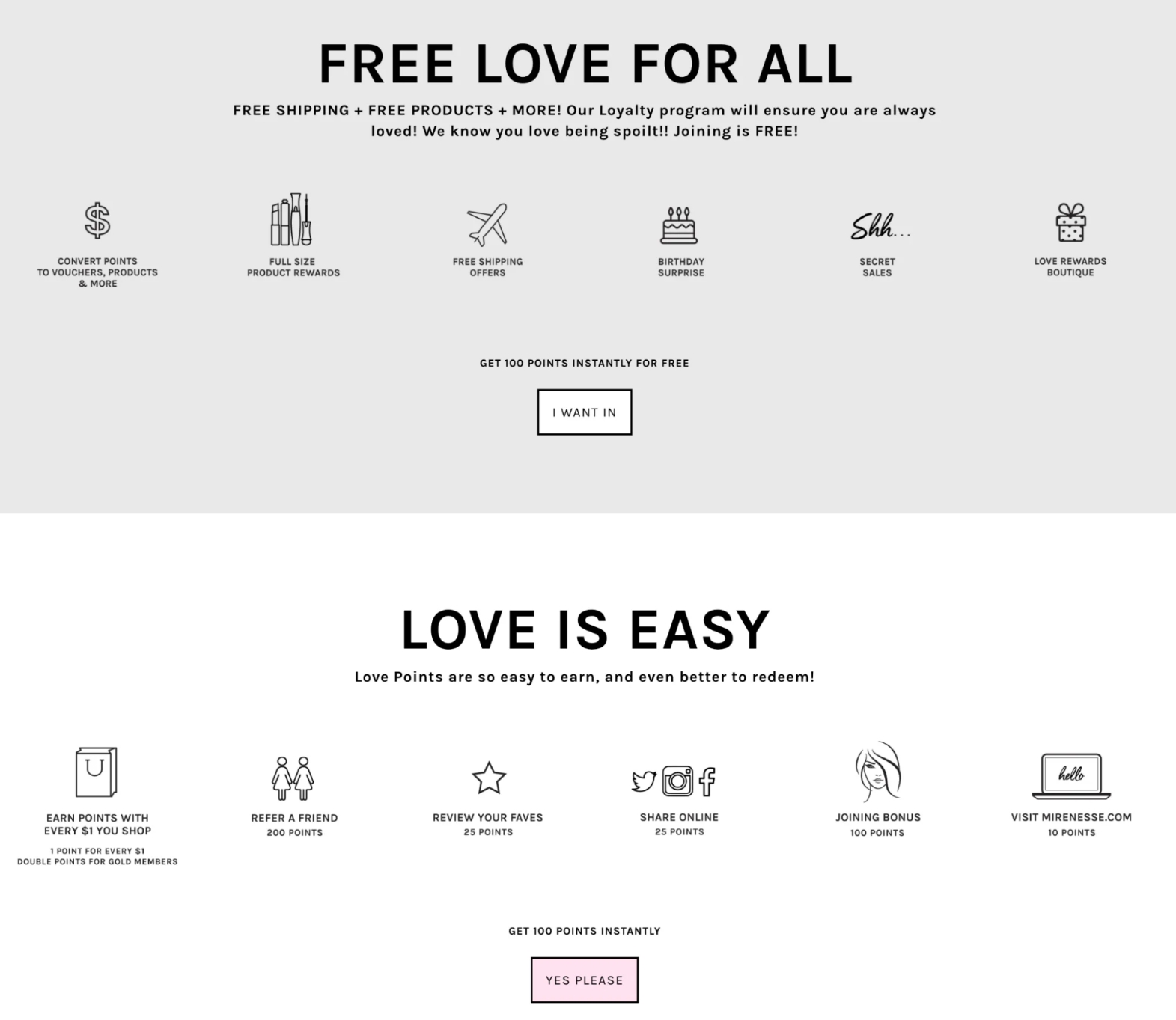
Image source: Shopify
The key to implementing a successful loyalty program is to make it easy for customers to join and participate. Provide clear instructions on how to enroll, earn points, and redeem rewards.
On top of that, promote your loyalty program through various channels, such as your website, email marketing, and social media, to ensure maximum visibility.
Also Read - 11 Pop-Up Best Practices to Drive Conversions
How to Create Popup Campaigns on Your Website
Contrary to popular belief, creating a popup contact form is easy and can be effortlessly done with the right tools.
We’ll choose Picreel as our popup tool as it is one of the simplest and easiest tools to create website popups. Let’s take a look at how you can add popups to websites:
Watch this video tutorial on how you can create a popup that convert traffic into leads using Picreel.
Here are step-by-step instructions on creating a popup using Picreel:
1. Sign up for a Picreel account and log in.
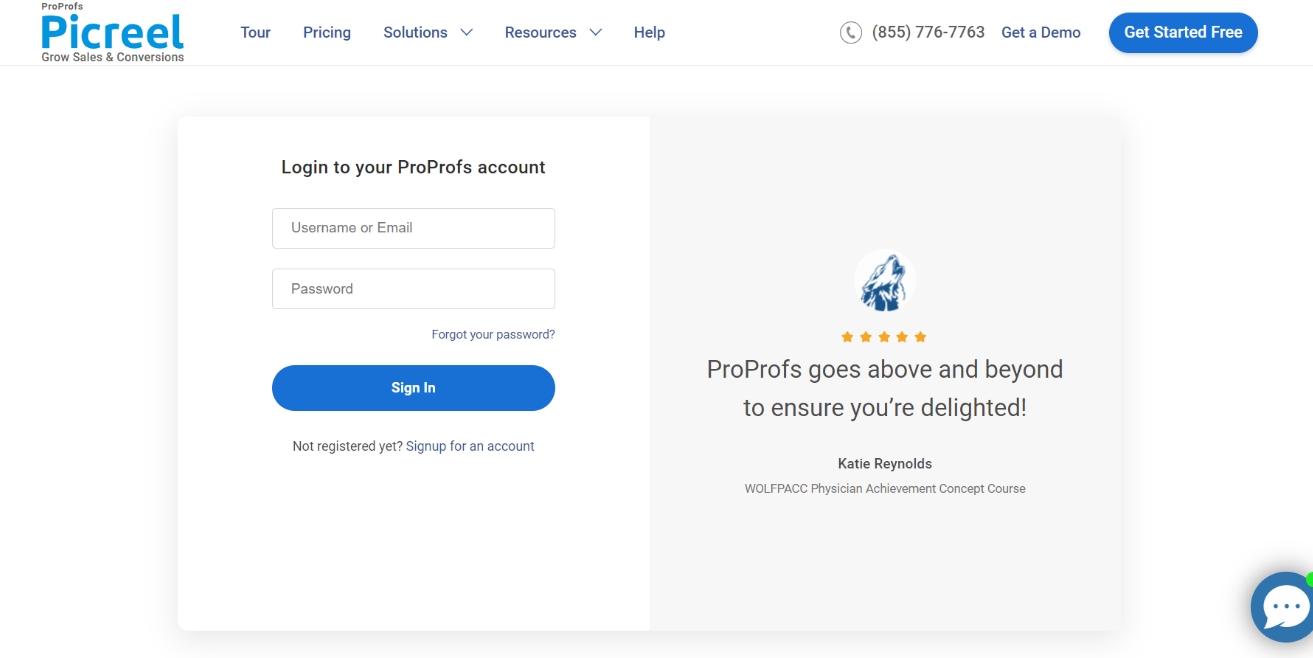
2. Go to the “Campaigns” menu and click “New Campaign” from the top right. Also, you can select the templates option from the drop-down or start from scratch.
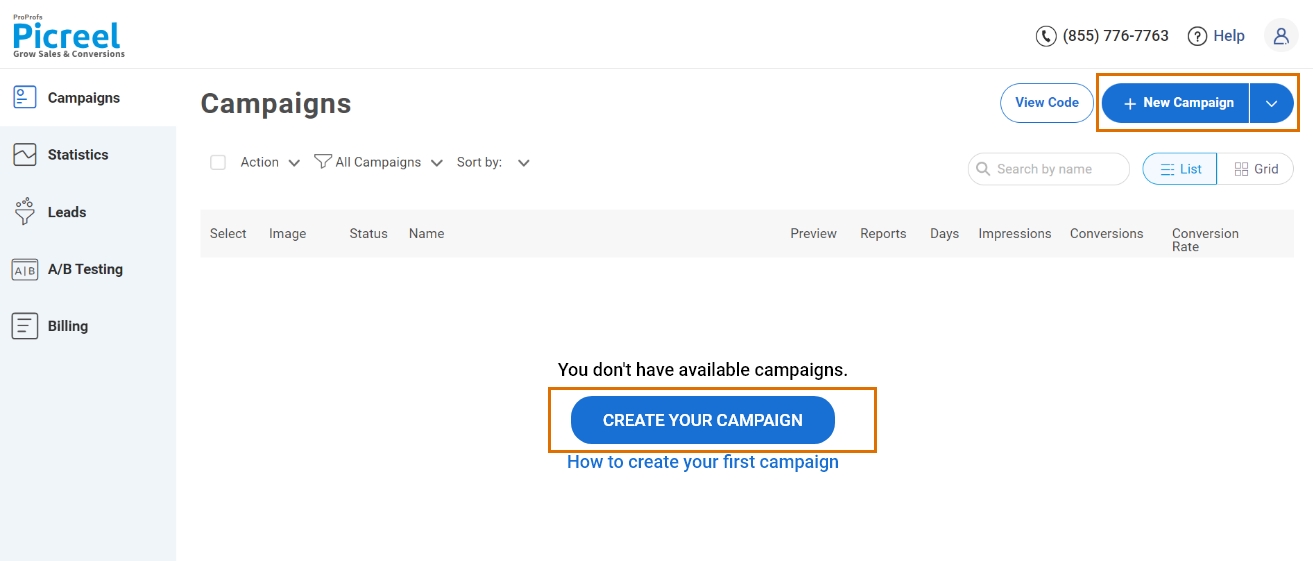
3. From the templates menu, choose the type of video popup you want to create.

4. Once you select the design, customize it according to your preferences.
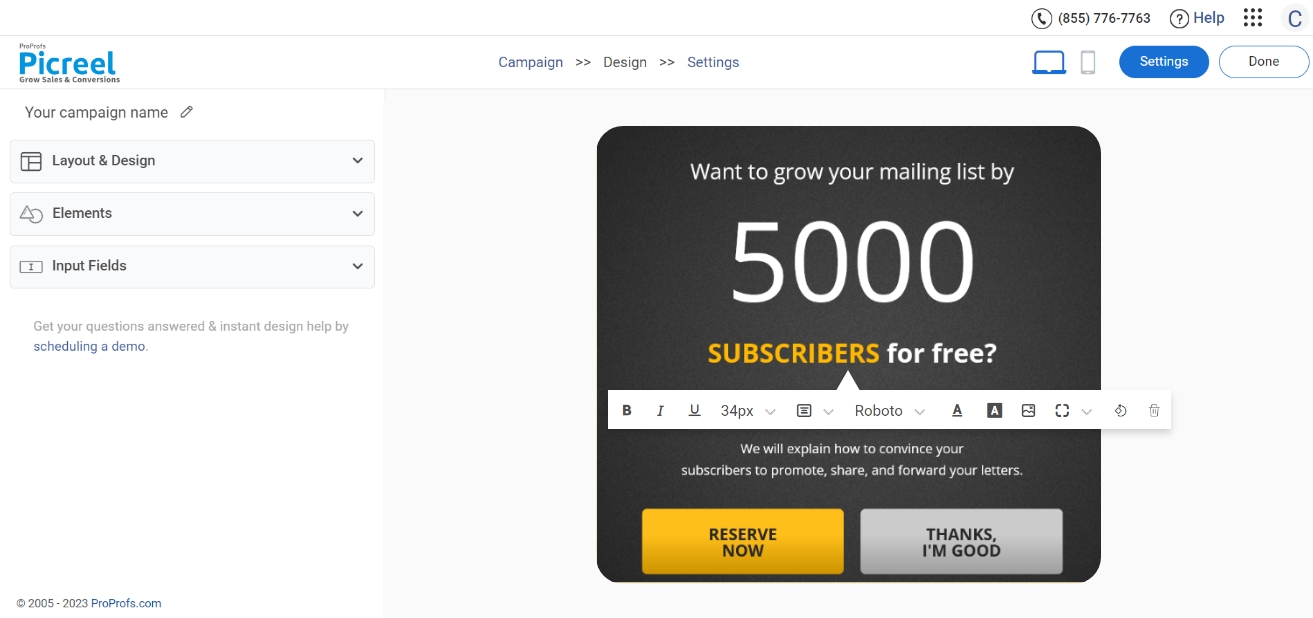
5. Configure your targeting and trigger options to specify when and where you want your video popup to appear.
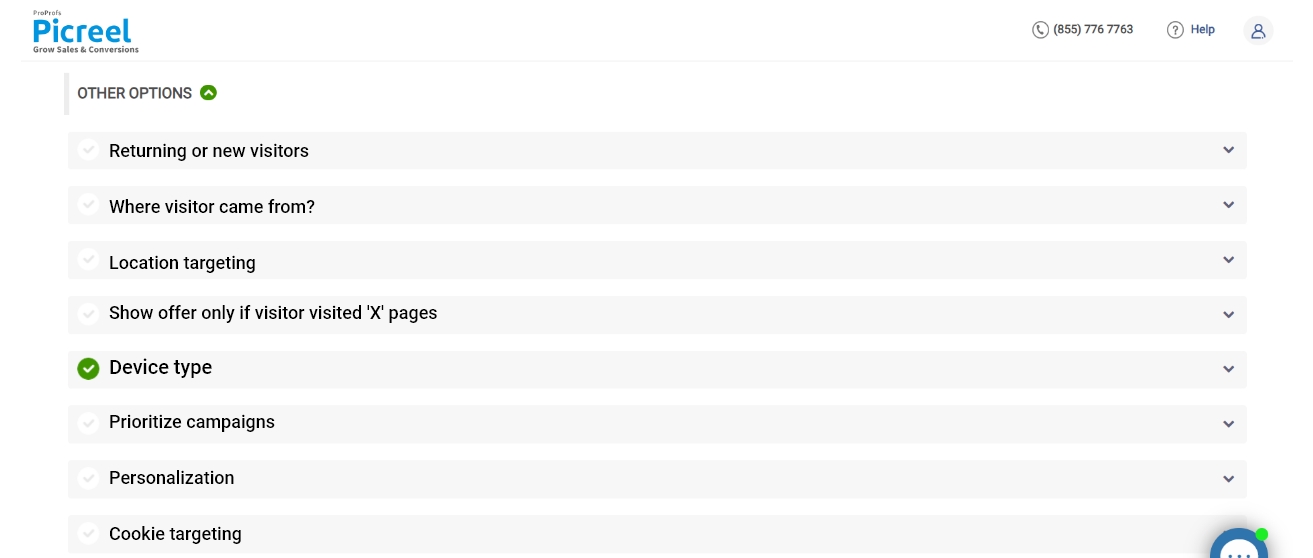
6. Click “Save” to activate your popup.
How to Embed Picreel Popups
Here’s a step-by-step process of how you can embed Picreel popups. Let’s take WordPress as an example since it’s the most widely used CMS tool.
1. Navigate to campaigns and click “View Code.”

2. Log in to your WordPress account.
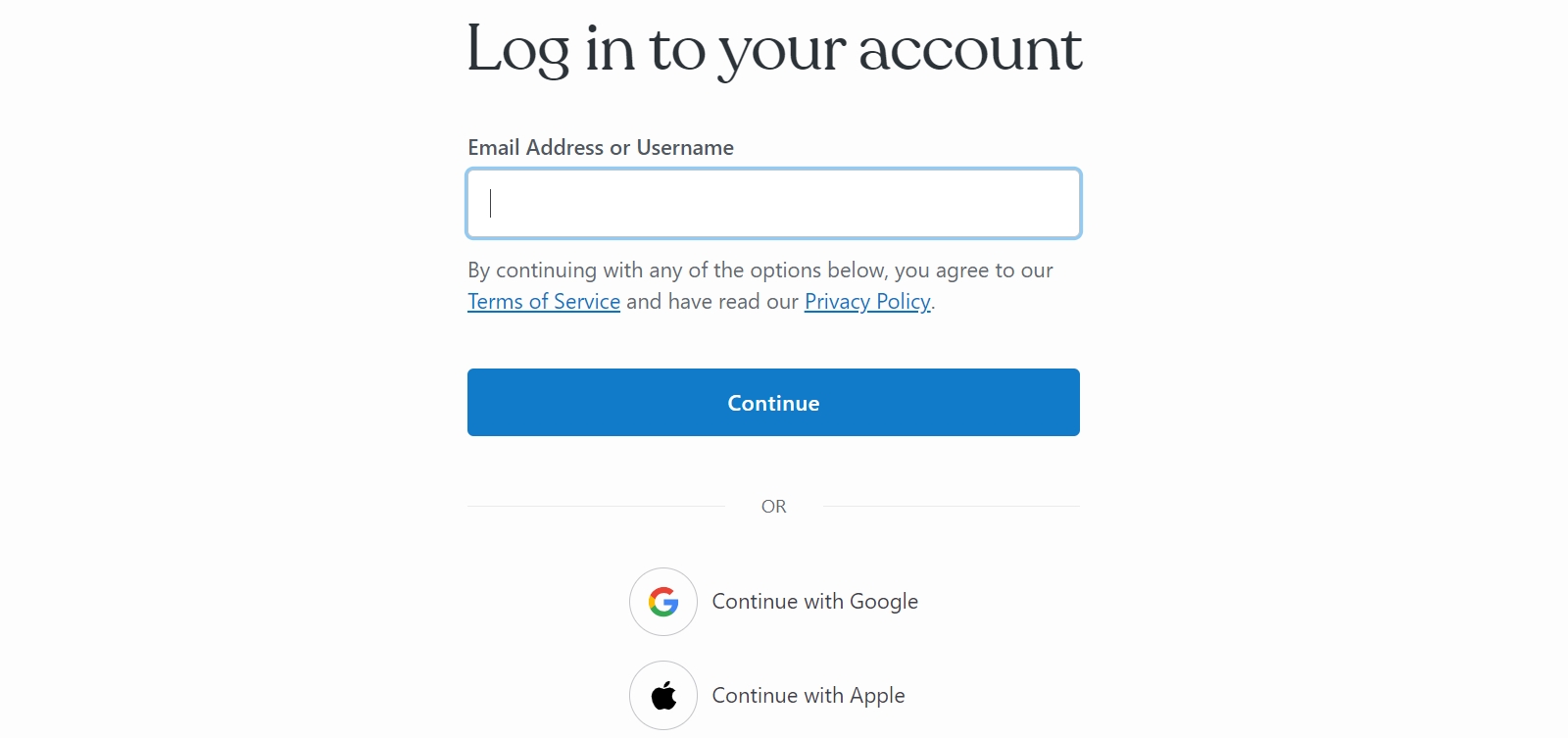
3. In the left tab, click “Appearance” and select “Editor.”
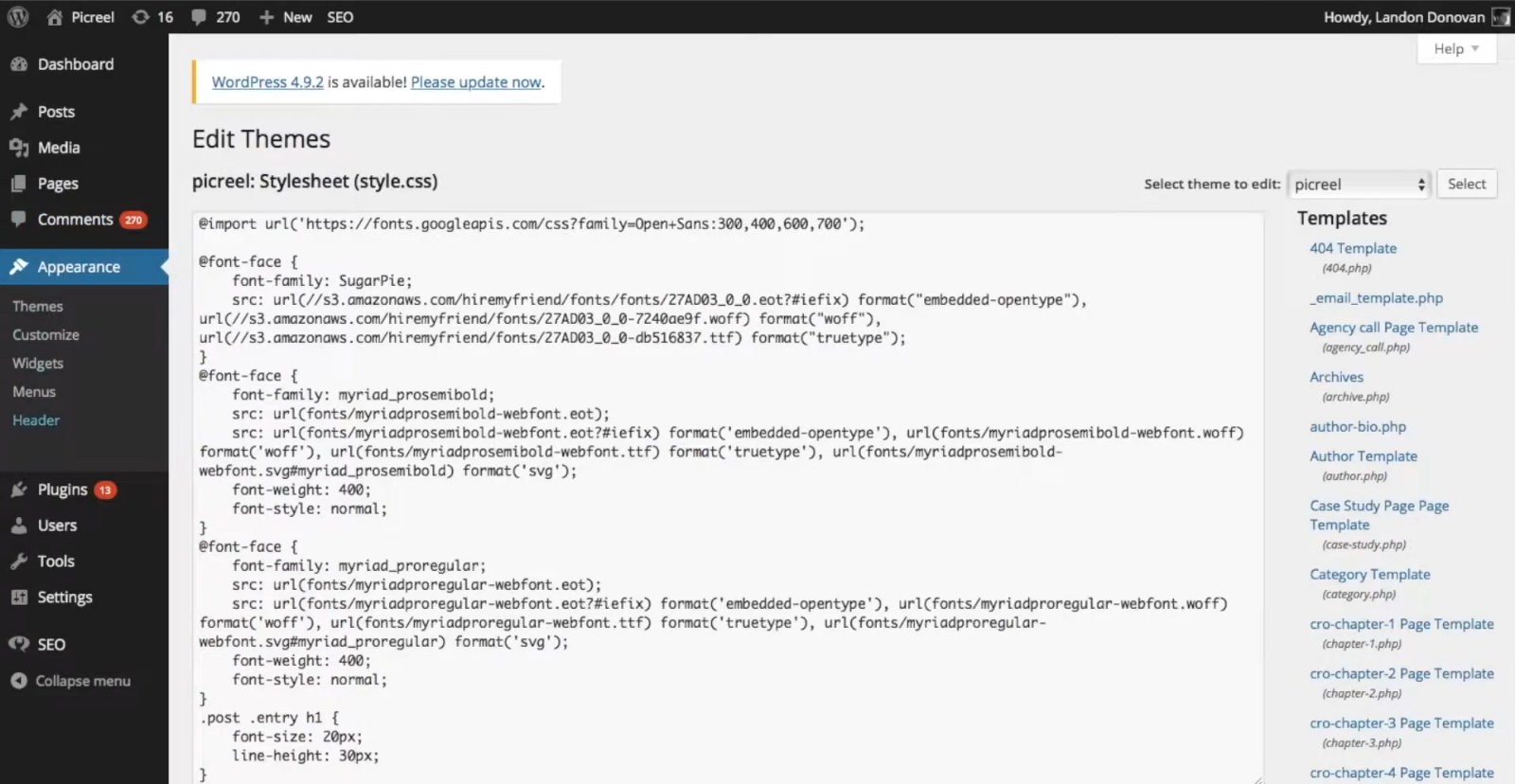
4. In the right tab under the “Templates” section, locate and select “Footer.”
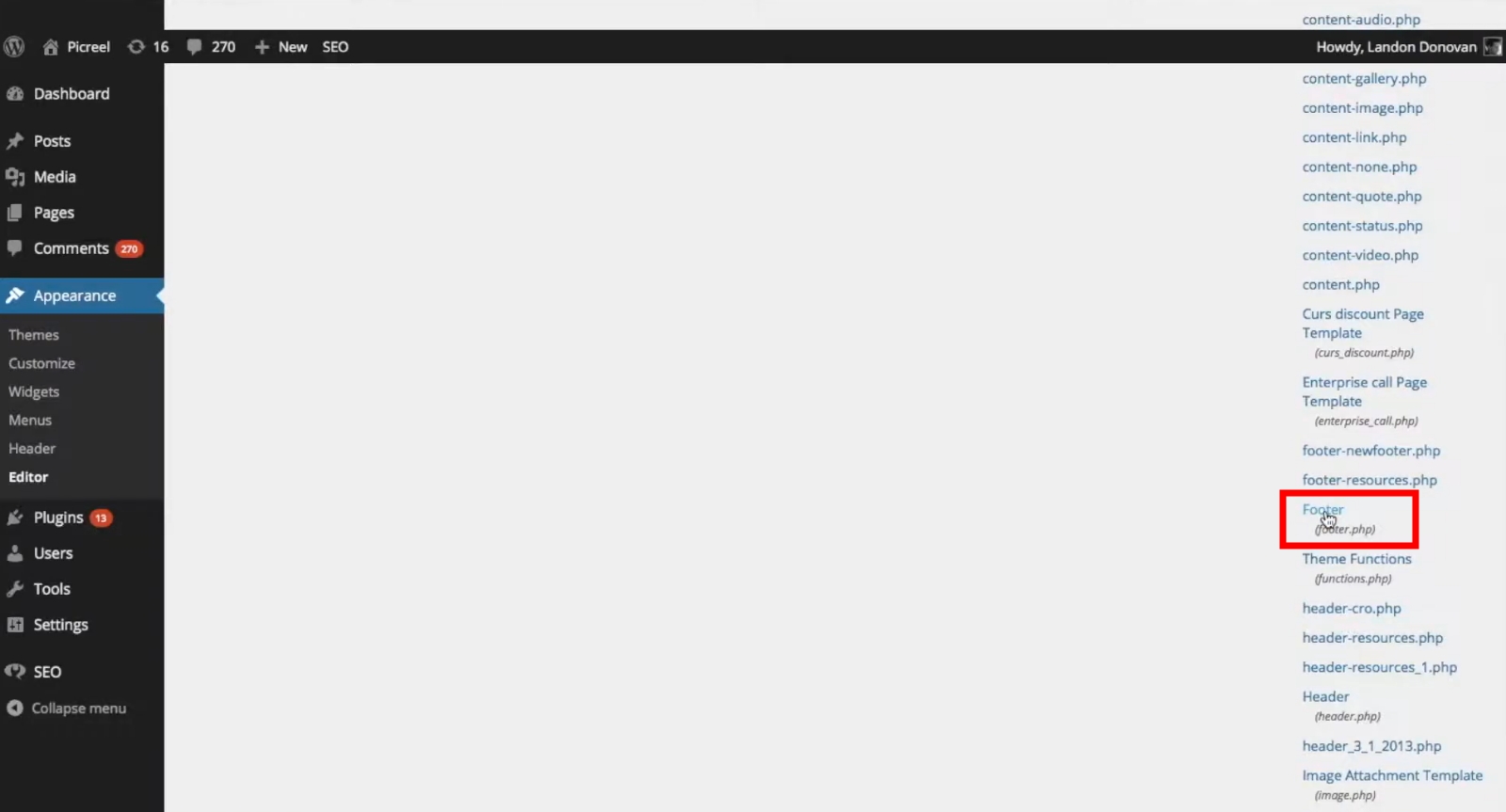
5. Paste the Picreel code before the last “</body>” tab.
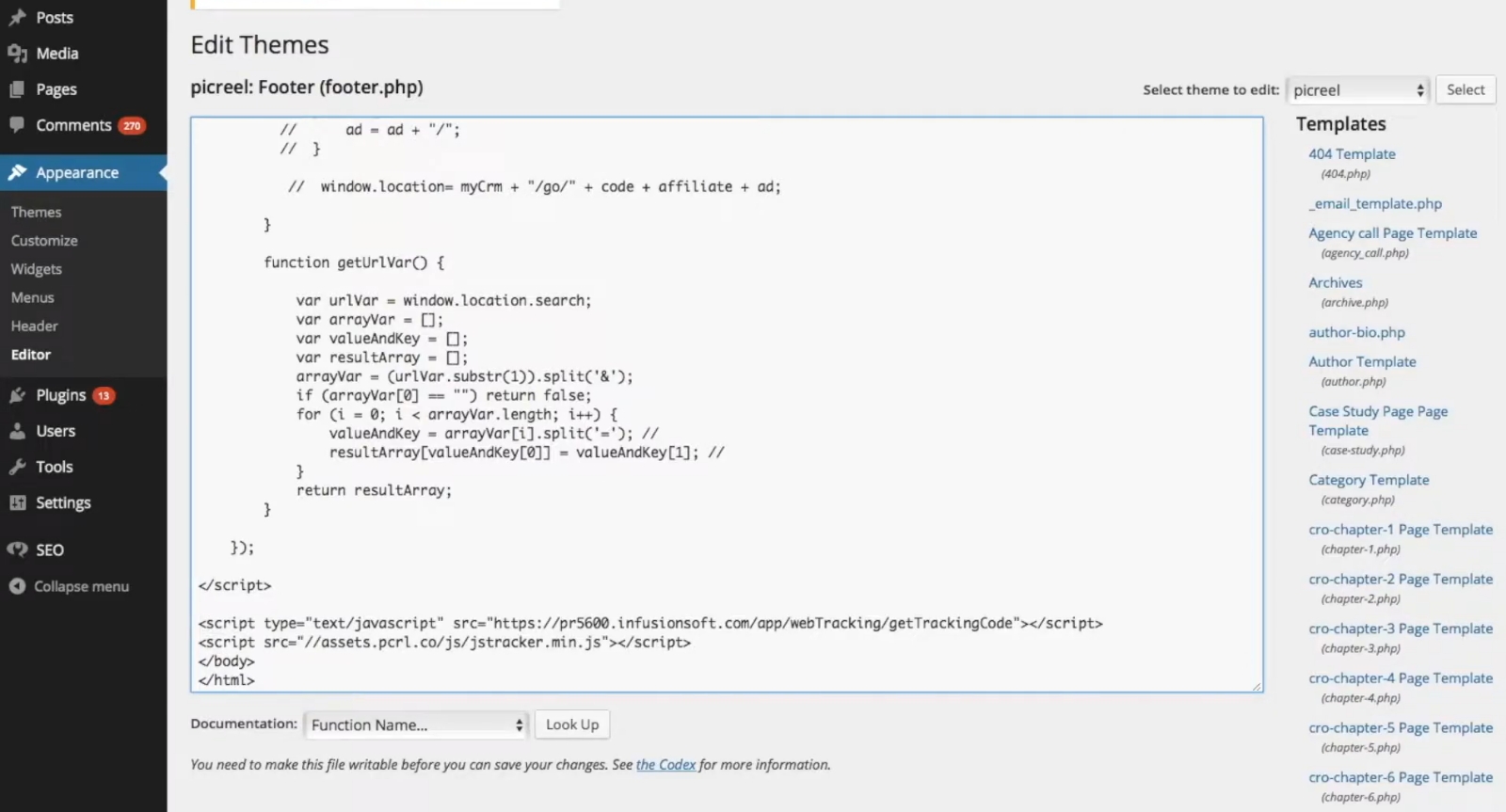
Convert Traffic Into Leads With the Best Strategies
Implementing smart strategies to convert website traffic into leads is paramount for achieving sustainable growth and success in the digital landscape. You can cultivate a more engaged and responsive audience by focusing on personalized approaches, such as targeted content, effective use of CTAs, and leveraging data-driven insights.
A thoughtful and careful integration of these smart strategies maximizes lead generation and establishes a strong foundation for lasting customer relationships and business prosperity.
Also, tools like Picreel can be extremely useful for quickly creating interactive and captivating popups. You can test Picreel and its features for as long as you need with its free plan or use its paid plan for enhanced scalability.
 Tips
Tips
We’d love to hear your tips & suggestions on this article!
FREE. All Features. FOREVER!
Try our Forever FREE account with all premium features!

 We'd love your feedback!
We'd love your feedback! Thanks for your feedback!
Thanks for your feedback!







